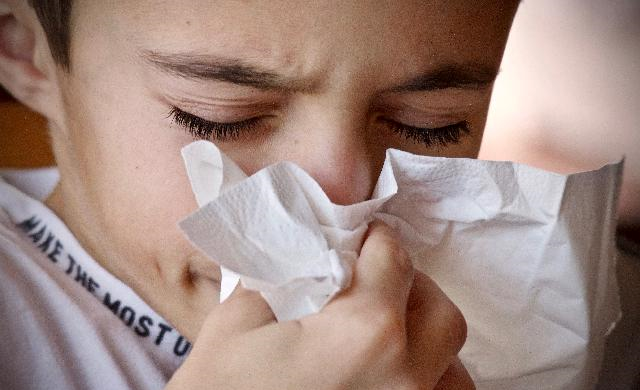If you suffer from allergies, you may feel more reasons for concern this year than in seasons past.
This time last year, we would have raised eyebrows learning our reality would become cocooning ourselves away from each other, wearing protective face masks when daring to venture outside for milk and eggs, and disinfecting everything in sight. Indeed, it’s bizarre to step outside the house and right away fight the urge to sneeze, fearing a skeptical side-eye from other passersby. And if you’re prone to seasonal allergies, you may be concerned about either causing distress to others or, more seriously, whether you may have the COVID-19 virus.
That said, there are some symptomatic differences to note between COVID-19 and those pesky allergies.
Knowing how to spot their distinctions should bring you some peace of mind. The key is watching for variations that stray from your typical seasonal allergies. So, during this pollen-brushed time of year, here’s how to distinguish COVID-19 symptoms from those caused by spring allergies.
How are COVID-19 and allergies similar?
Because both conditions appear to resemble each other, it’s understandable how both sets of symptoms get confused for one another. COVID-19 and allergies affect the respiratory system: allergies can cause inflammation in the lungs, while the coronavirus can affect either the upper respiratory tract (sinuses, nose, and throat) or lower respiratory tract (windpipe and lungs).
Signs of the coronavirus that resemble those of allergies can include cough, fatigue, headache, sore throat, shortness of breath, difficulty breathing, congestion, or runny nose.
How are the symptoms different?
Allergy sufferers may breathe with difficulty due to congestion, but they shouldn’t have shortness of breath or fever unless they have asthma. They’re also more prone to sinus pressure rather than the pain of a headache.
As we’ve learned, the virus has multiple symptoms: fever, chills, muscle and body aches, loss of taste or smell, nausea, vomiting, or diarrhea. These could betray several different ailments, including the common cold, the flu, or a stomach virus. None of these, however, overlap with allergy signs.
In the wintertime, an ongoing question floated throughout the season of how to differentiate signs of COVID-19 from those of the flu. Just the same, specialists advised watching for that same stand-out symptom: loss of taste or smell.
When should I seek medical attention to determine if I may have COVID-19?
- Your allergies aren’t improving after taking over-the-counter antihistamines, nasal sprays, eye drops, and/or allergy prescriptions after 3-4 days, and your symptoms are worsening.
- You’ve developed additional symptoms, such as a significant headache, fever, cough, decreased sense of taste or smell, or gastrointestinal problems such as nausea, diarrhea, or vomiting.
- You’re experiencing both allergy and/or COVID-19-like symptoms
- You’ve been exposed to someone who has tested positive for COVID-19
Conclusion
Trying to figure whether you might have COVID-19 or simply allergies can be a headache – but it doesn’t have to be. Learn to spot the symptoms that stand out from the usual allergy giveaways – loss of smell or taste, shortness of breath, and headache -, and you’ll be able to spot the difference.
However, if you are experiencing symptoms, we advise following the CDC guidelines of staying home unless to seek medical care and wash your hands regularly.



